No progress? Bored with training? Need a change? Then it's time to start a new training program. But how do you know what training program is the best for you? There are thousands of training programs out there; high rep, low rep, high intensity, low intensity, body part split, whole body workouts - you name it.
 When completely lost in the training program sump people tend to choose the workouts that gave others great results reasoning like that:
When completely lost in the training program sump people tend to choose the workouts that gave others great results reasoning like that:
"My buddy did this program and he got super ripped and strong!" or
"I will train like Arnold Schwarzenegger, his training program obviously made him to a legend!"
Now the intriguing question is, if a program was great for your buddy, will it be necessarily good for you? Or will training like a professional bodybuilder automatically make you looking like one? Or do other factors, such as genetics, for example, play a role for training progress?
Just recently a very interesting research paper on genetic differences between individuals and how they influence the success of training programs was published. The scientist distinguished between two genetic traits; the endurance trait and the power trait. Research study participants with the power trait achieved more progress in power and endurance performance by following a power-oriented resistance training program (high set number, low rep number, higher intensity) and those with endurance trait improved more in endurance and power following an endurance-oriented resistance training program (low set number, high rep number, lower intensity). This finding is very intriguing, considering that the latter group experienced a higher increase in power (which is on the opposite side of the spectrum than endurance) doing endurance training and not power training (yeahh...pink dumbbell gains!!! :D ). As strength is closer related to power when it comes to adaptations to training, it is likely that higher repetition training results in higher strength gains in endurance genotype and low repetition (higher intensity) training in power genotype. But what exactly is this genotype you speak about?
Well, genetic heritage may influence muscle and strength gains one experiences as the result of resistance training. Muscle fiber composition, consisting of slow-twitch (endurance) and fast-twitch (power and strength) muscle fibers, also is a genetic heritage. The endurance-oriented slow-twitch muscle fiber content of quadriceps can range from 5 to 90%, depending on the individual.(ref) This difference may also influence the response to resistance training. For slow-twitch dominant trainees, it is likely to be more beneficial to train with high reps - even when strength and power increase is the goal - and for fast-twitch dominant lifters using low rep numbers. If you aren't fancy doing genetic testing to get a clue about your own muscle fiber composition, you can do the 80% test.
This is how it works:
Take 80% of your 1 RM for the exercise of your interest and after you warm up try to do as many reps as possible.
- If you do less than 8 reps, then the muscle group you targeted is fast-twitch dominant and it makes sense for you to choose a program with low reps and high intensity.
- If you do more than 8 reps, then a program that implements high reps makes sense for you.
- If you do about 8 reps, then your muscle fiber types are mixed and you should try to implement both, high and low reps.
Speaking from my own experience as mixed fiber type, I made the most progress when I followed a program that implemented both, high-rep-lower-intensity and low-rep-higher-intensity type of training.
Another thing that is important to mention is that the muscle fiber composition of different muscle groups varies. For this reason, you can't do the 80% test for squat and apply the numbers to bench press, for example. You need to do the test for each exercise you are interested in.
(If you want to become an expert in program individualization and programs design, I highly recommend taking part in the Bayesian PT Course).
Also, there is a difference between men and women. In general, resistance-trained women are more slow-twitch muscle fiber dominant, thus it makes sense for most women to train with higher reps and higher volume.
Ready for gains? - Here is what you need to do:
- Do the 80% test to determine what rep ranges you should focus on to build muscle and strength.
- If you don't know what are the best exercises for muscle gain, read this article.
- If technique issue with squat, bench or deadlift is the limiting factor for your strength progress, read this.
- If you don't know if whole body workout or body part split is appropriate for your training stage, read this post.
Good luck! :) If you still don't know what to do, ask me :) ...and don't even think of using pink dumbbells!
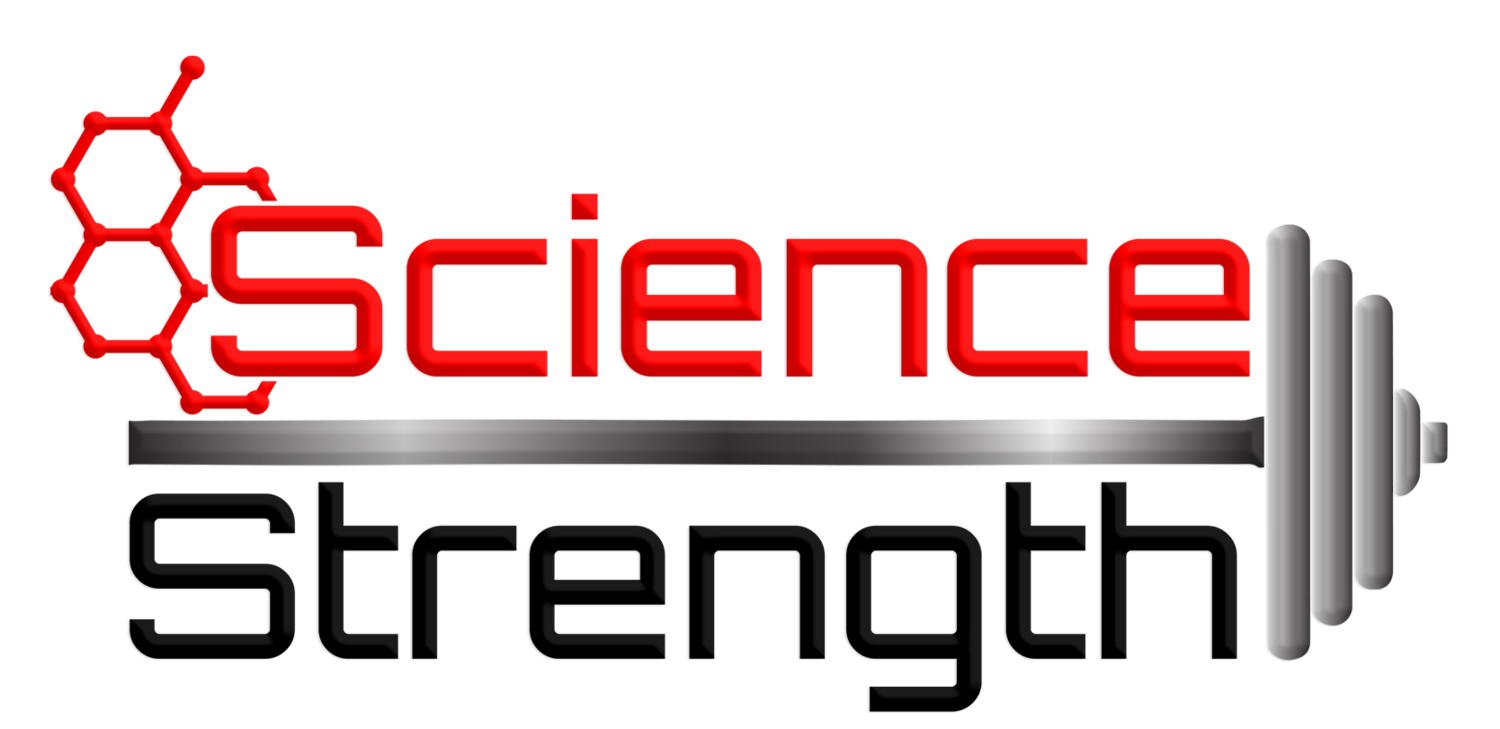

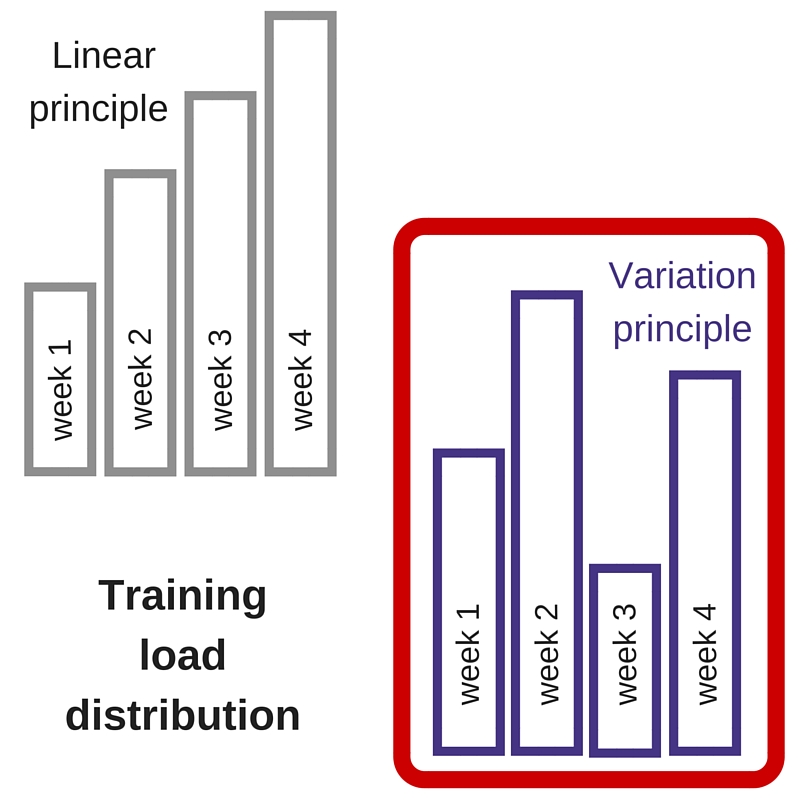
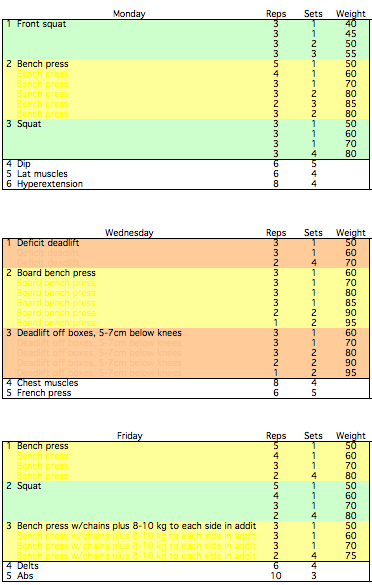
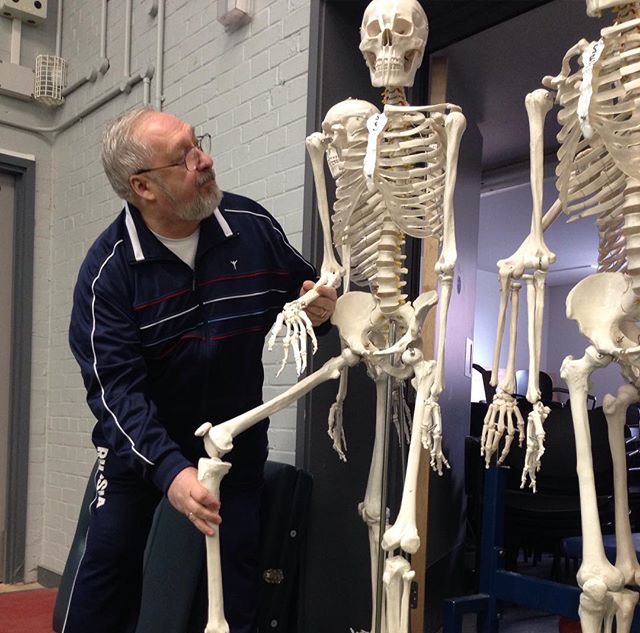
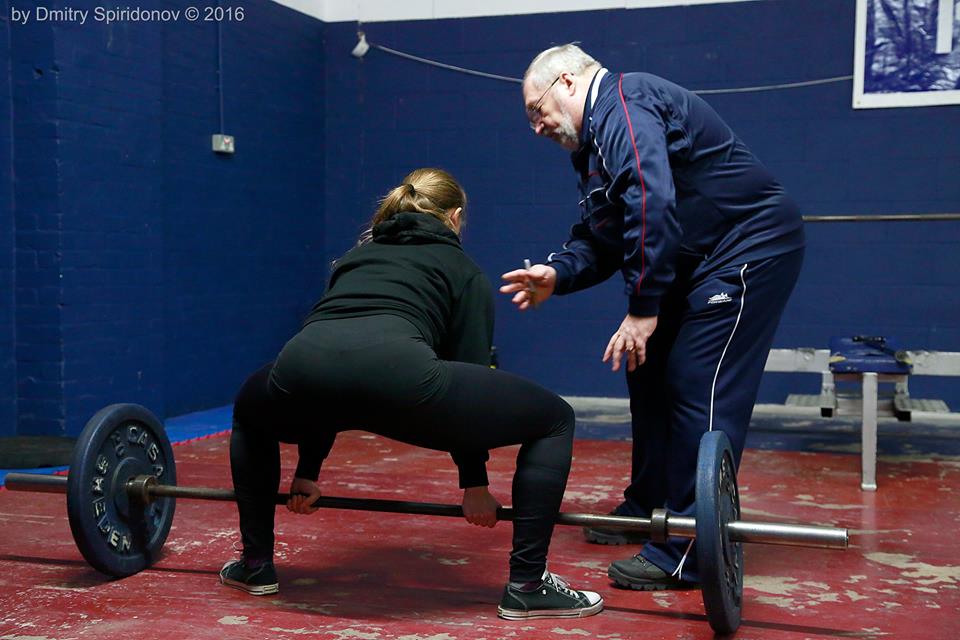

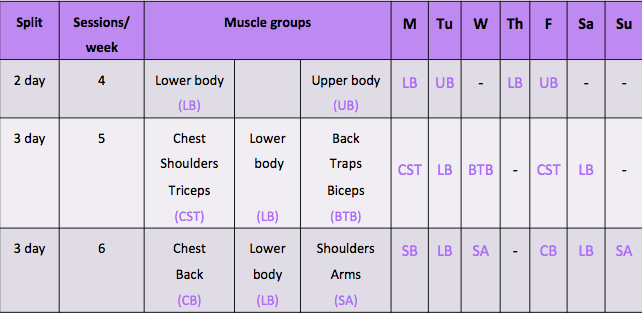
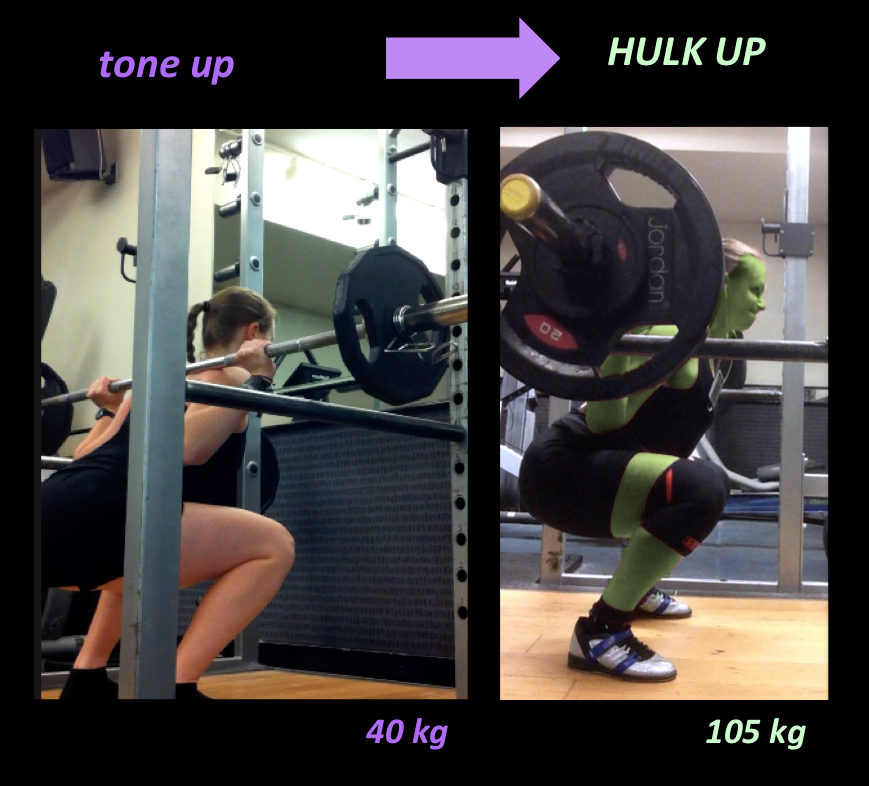
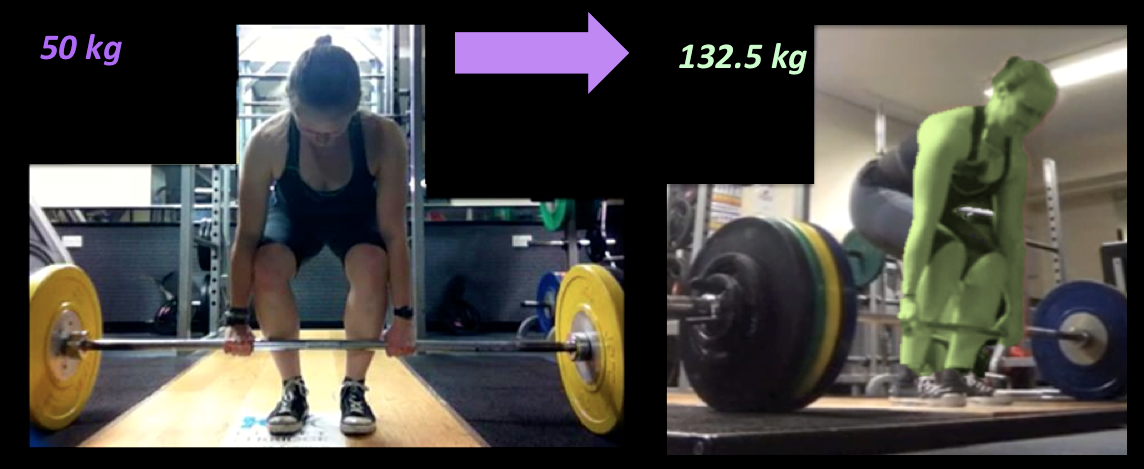
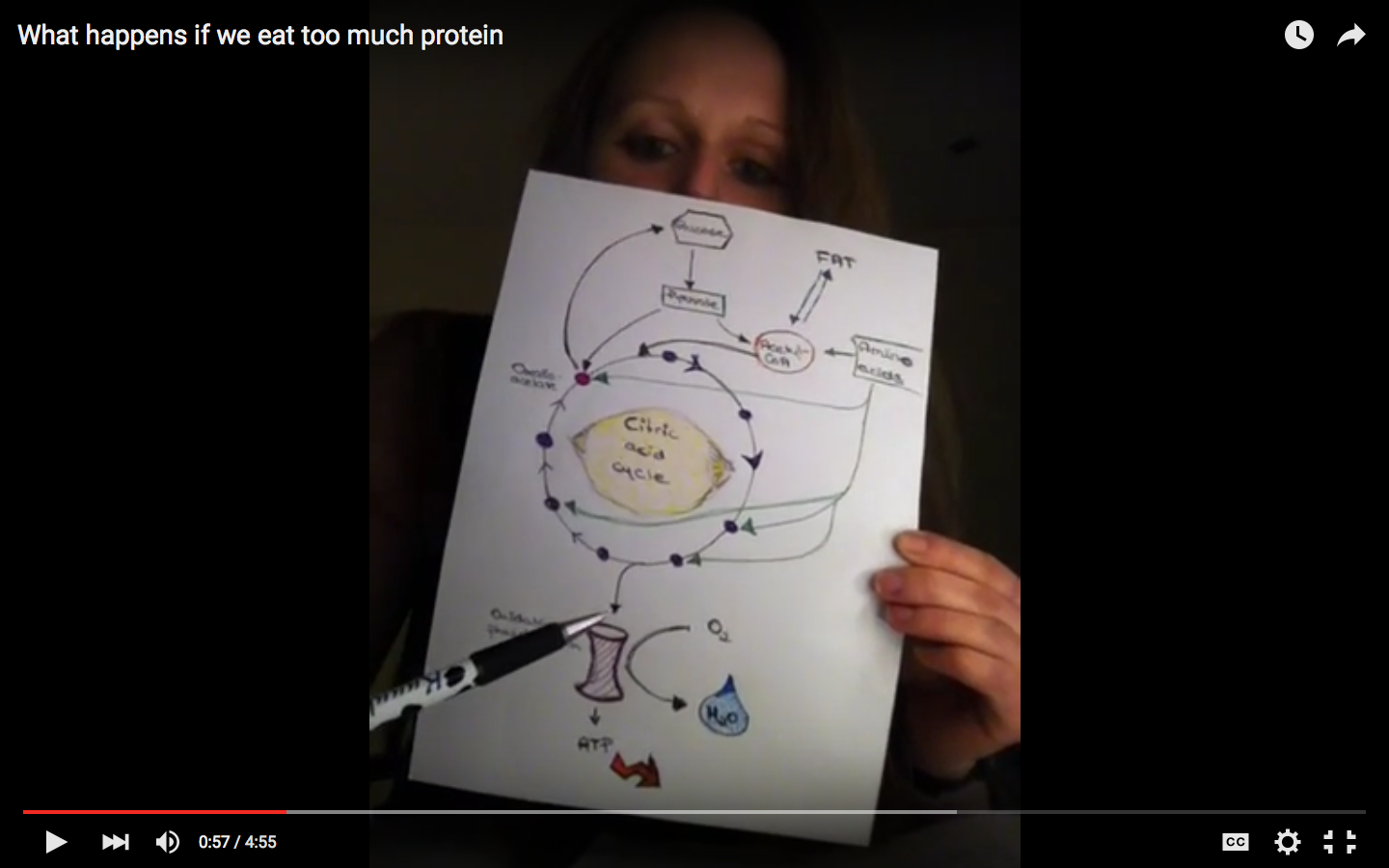
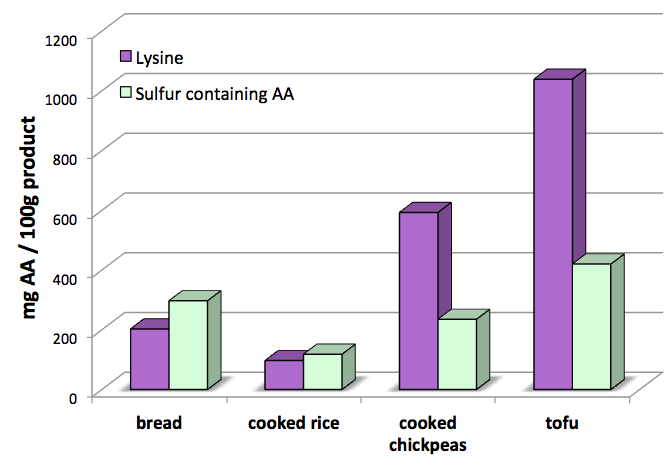
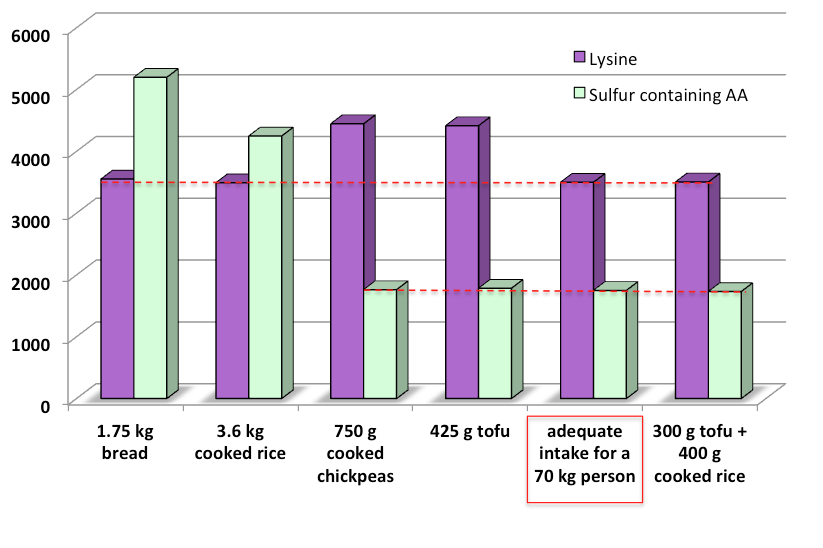

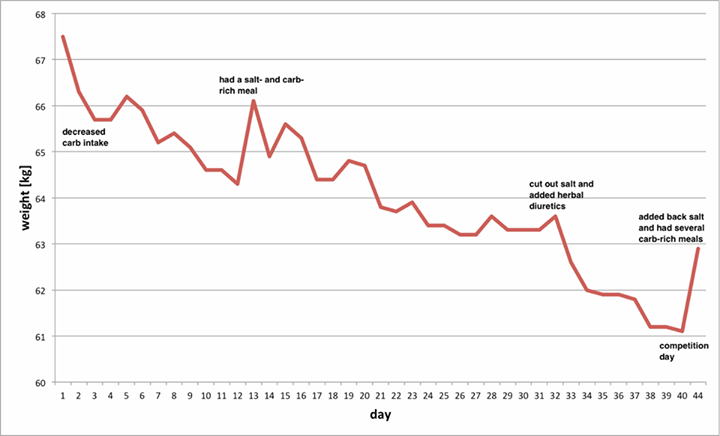
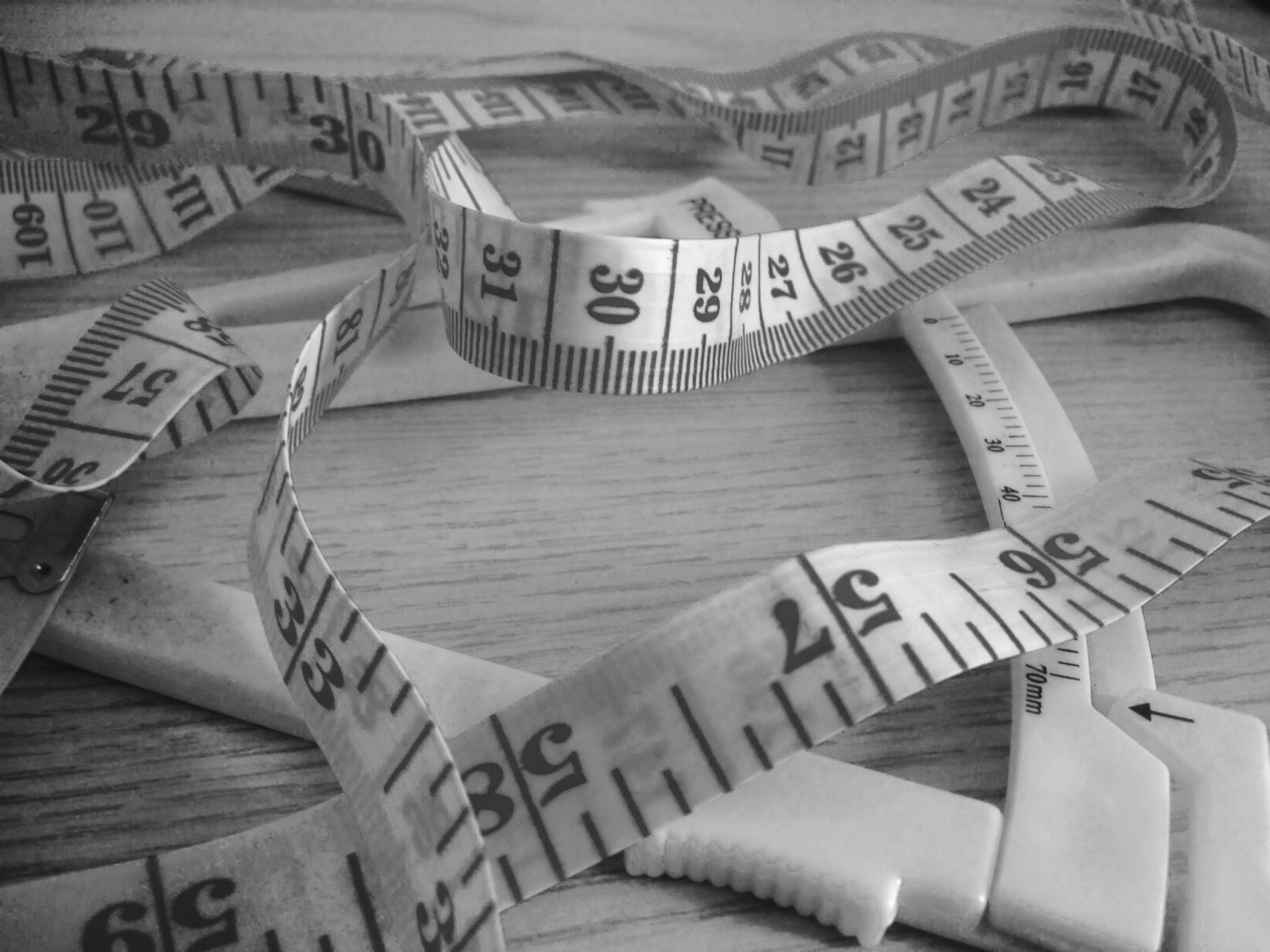 Weight loss - At some point most of us have this goal. There are so many different motivations for it; health, improved body composition, enhanced strength to weight ratio or - what applies to me as a strength athlete - getting into the desired weight for a competition. For most of us the goal is not only losing weight (fat) but also mantaining muscle and strength.
Weight loss - At some point most of us have this goal. There are so many different motivations for it; health, improved body composition, enhanced strength to weight ratio or - what applies to me as a strength athlete - getting into the desired weight for a competition. For most of us the goal is not only losing weight (fat) but also mantaining muscle and strength.